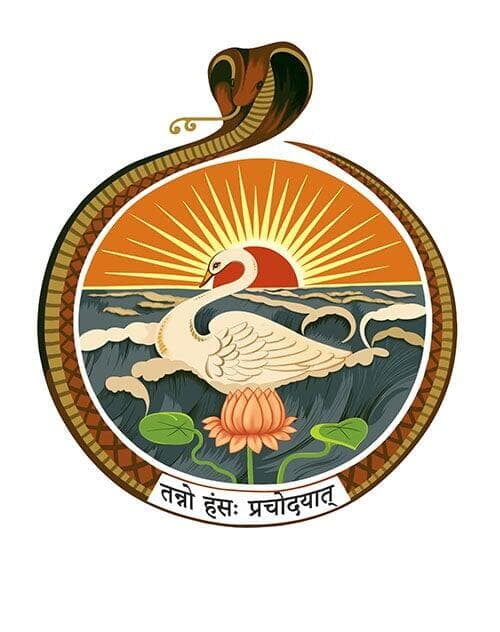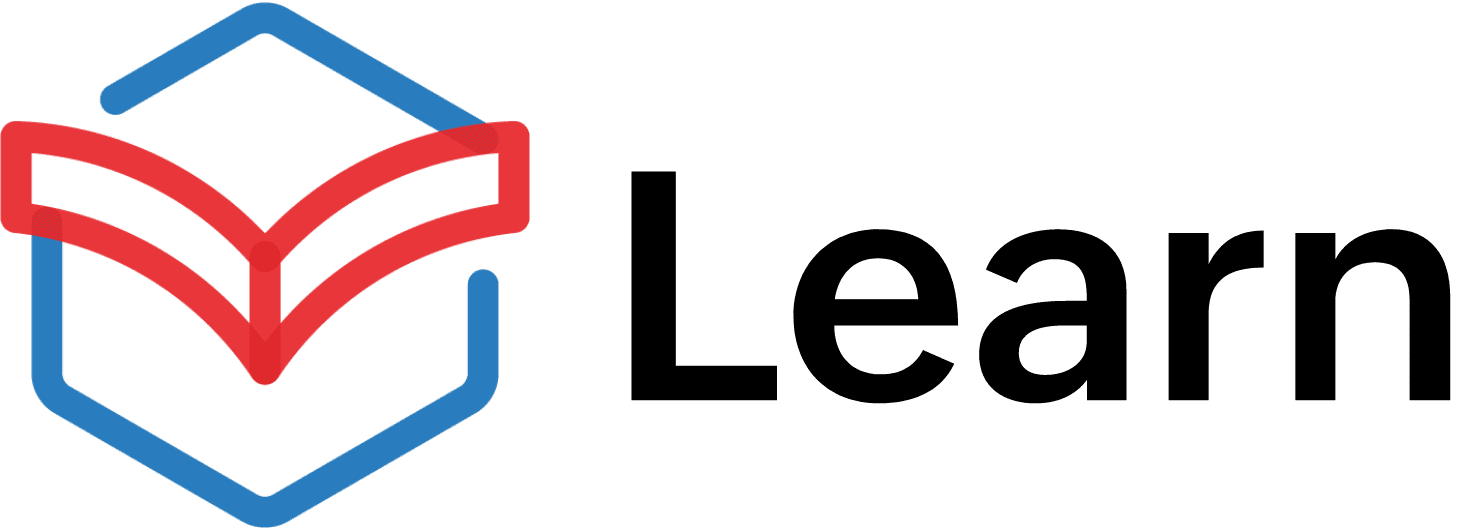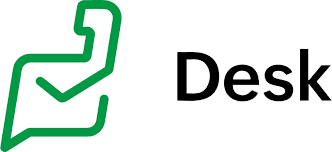Our Digital Vision
RKMM Archives & References - the twin digital platforms of Ramakrishna Order for historical preservation and dissemination of Vivekananda’s message to the world
The first Governor General of India (Rajaji) from Madras (now Chennai) writes - “Swami Vivekananda saved Hinduism and saved India. But for him we would have lost our religion and would not have gained our freedom. We therefore owe everything to Swami Vivekananda. May his faith, his courage and his wisdom ever inspire us so that we may keep safe the treasures we have received from him!”. A renowned Indian historian R.C. Majumdar also captures Vivekananda’s keen interest in historical research through modern advancements -“He was also familiar with the scientific and critical method of historical research and modern developments in Archaeology and Ethnology ”. Basing upon the above-mentioned details, it’s vital that archival materials related to Vivekananda (and Ramakrishna Order) continue to be preserved and his teachings be disseminated through modern methodologies.
At this juncture of 125th anniversary celebrations of founding of Ramakrishna Math and Mission, a twin digital platform called RKMM (Ramakrishna Math and Mission) Archives and References has been planned – the objective of archives platform is to digitally preserve and organize the archival material pertaining to Ramakrishna Order while the goal for references platform is to disseminate effectively the knowledge sourced from the digitized archival content to the public. The archives platform would contain curated high-quality digital archival content and one would then selectively choose, and adapt the content into presentable formats on the references platform that would benefit researchers, spiritual aspirants, devotees and enthusiasts of Indian spiritual knowledge across the world.
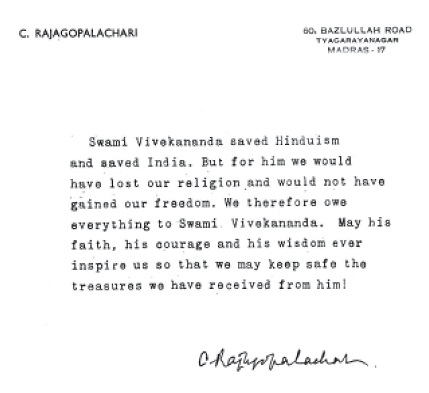
Archives are defined as a documentation of human activity created by individuals and organizations that provides insight into past events and they come in written, photographic, moving image, sound, digital and formats typically retained for their long-term value . Archivists are the record keepers of an organization’s activity that includes collecting, managing and providing access to archives for the long term . In short, archives store the “memories” of an organization while archivists are the “guardians” of the organization’s memories.
Archives are now undergoing a transition from the world to the digital universe. According to Office of the State Archivist at Australia – “A digital archive encompasses the technical infrastructure, standards, policies and procedures, and support services for managing and providing access to digital objects and their associated data descriptors” . Digital Archival tools are developed to collect, , preserve and disseminate the archival information. Digital archiving is not merely a mechanism for data storage but provides an intelligent way to utilize the archival content while maintaining their integrity and authenticity.
Digitization is a simple transformation from an analog source to a digital resource. Majority of the digitization of archival materials at Ramakrishna Math are in 2D format and these are done with document scanners and still/motion picture cameras. But there are some old statues in Ramakrishna Math sculpted many years back that are of greater artistic and spiritual value. Recreating them would be a bigger challenge as the artists who may have originally sculpted may no longer be alive. As time progresses, these statues are subject to minor deteriorations which our naked eye would not be able to notice even though many physical preservation measures for the statue would have been taken. Also, if the statue was ever damaged or needed repairs in the future, there needs to be a matching digital reference to the original. To accommodate this requirement, 3D Digitization could be deployed to scan statues volumetrically and through photogrammetry tools, a blueprint can be developed both for preservation and restoration of them. The reason a 3D scan would be better is that the 2D photos (or) drawings cannot match the accuracy of a 3D scan. Besides statues and artifacts, even monuments and landscapes could be digitally scanned using a combination of laser scanners, drones and photogrammetry tools . For instance, if a landscape such as Math campus including the temples when digitally scanned in 3D could portray an accurate visualization of the evolution of changes over a timeline.
4. Metadata creation and management for Digital ArchivesDigitization of archival material doesn’t mean easy online access to the archival data. In the online era, with data overload, if data is invisible to search platforms, it’s equivalent to lost data. Digitization along with data description of archival content can drastically improve the user access. This description about digital data is called Metadata or in simplified words called “data about data”. According to ISO 15489-1:2016, metadata is data that describes the context, content and structure of records and their management through time . Metadata not only identifies and describes the digital object but also can answer what, why, how, when, who and how every facet of data is stored and preserved . Metadata could both be machine and human generated description of a digitized object.
The functions of metadata are as follows:
a)Creation & Versioning b)Organization & Description c)Search & Retrieval d)Utilization & PreservationWhen a digital object is created, there will multiple versions of the same object optimized for a specific purpose – preservation (or) dissemination. The meta information about the digital object is then prepared and organized manually (or) automatically into the structure of the digital archival system. The better the meta information about the digital object, the better will be the search and retrieval purposes both from a user and admin perspective Figure ). The digital object could go through multiple transformations where the lifecycle needs to be captured and added to the existing metadata. The metadata also helps with the authenticity and integrity of a digital object .

Figure 1: Metadata and Data – an analogy with the roots and fruits of a tree
5. Preservation of Digital Archives
Digitization doesn’t necessarily mean that the archival content is safe and preserved for lifetime. Organizations invested in digital conversion need to deal with the fact that digital content could be rendered useless due to rapid technological changes called the “technological obsolescence”. A digital preservation solution is required that will ensure continued access and usability of digital resources. To ensure preservation of a digitized object, digital preservation policies and methods have to be defined and implemented. Migration from the older digital formats to the new digital formats seems to be the most widely adopted preservation strategy especially for organizations with large-scale archives . For example, when the popular desktop publishing software Adobe was discontinued and replaced with Adobe InDesign, the publication centers of Ramakrishna Math and Mission had to migrate the publications designed using into format. The fonts also had to be transitioned from non- fonts to fonts so that the digital publications can be published online.
Although the digitization process has begun early in a decentralized manner across our Ramakrishna Math & Mission branch centers, (especially in book/magazine publishing centers) non-standardized digitization workflow along with limited expertise in archival process has resulted in a variation in the digital quality levels of the archival content. The digital archives were usually kept locally by a center utilizing either disk storage or cloud storage and then typically shared with book authors, magazine editors, and webmasters within the organization upon request. This has led to duplication of digital collections with multiple versions created within the organization. This further results in degradation of media quality due to processing and conversion into multiple formats optimized either for printing in books/magazines or publishing online. In addition to this, there has been data loss of digital archives that occurs either due to disk corruption on a local storage (or) forgetting the credentials to access the cloud storage. Hence, a robust collaborative online digital archival management platform is required where archivists would curate, upload and catalog the archival content at the highest quality.
7. RKMM Archives – Building the Next generation Digital Archival Management PlatformThe objective of RKMM Archives is to build a collaborative online digital archival management platform where archivists would curate, upload and catalog the digital archival content at the highest quality with appropriate meta descriptions. The content would contain high-quality digital versions of books, magazines, documents, reports, photos, audio, video, artwork, manuscripts, newspaper clippings, letters, bulletins, event invitations, pamphlets, maps, artifacts, and landscapes pertaining to Ramakrishna Order (Figure ).
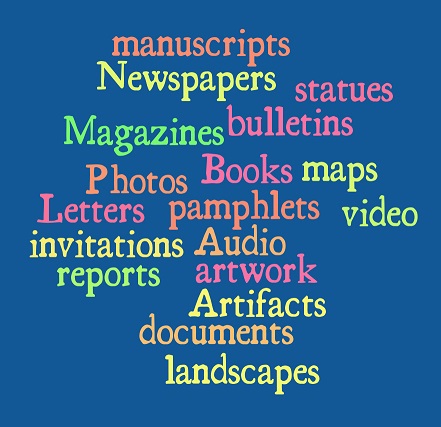
Figure 2: Digital Archival content types
The design process begins with a detailed research and review of existing modern digital archival systems to identify the building blocks of new digital archival management platform. The core software components would utilize PaaS (Platform as a Service) model while the storage component will make use of (Storage as a Service) model so that there is minimal maintainability due to automatic software updates. The following feature set is planned for the RKMM Archives platform in comparison with the modern archival systems available online :
a)Modern UX Interface– Build responsive user interface with display adapting to multiple screen size including mobile devices b)Content Types– Support document types (Example: Books, Magazines, Letters) and media types (Example: Photos, Audio, Video) c)Content Import– Supports bulk upload so that digital archives can be loaded on the cloud rapidly d)Content organization– Enable individual units and collections of archival data e)Descriptive Metadata – Supports popular metadata standards such as Dublin Core f)Advanced Cloud Search – Supports fast and live search g)Access Controls – Enable visibility levels such as “Open Access” “Organization Access” and “Private” h)Role management – Enables group access such as “Administrator” “Manager” and “User” i)File management – Supports versioning and be able to retrieve previous versions of archival dataA fact-based explanation tagged by “Fact” is displayed first followed by the list of “Fake” information. This helps the public to distinguish the from the fake ones.
For the RKMM References platform and AWAKE repository, the following feature set is planned (Figure ):
The digital archival platform would also additionally include a (Books Database) that will include the digital versions of all the books (with multiple editions and metadata included) published by Ramakrishna Math and Mission since its inception. While we may be late in building such an archival system, the advantage is that we could utilize latest technologies to make the platform more advanced and robust compared to the existing archival platforms available online.
With the advent of high-speed wireless connectivity and smartphones, there has been an increase in digital literacy resulting in greater appetite for the message of Vivekananda especially among youth. At the same time, on the flip side, there has also been an increase in misinformation on social media on the life and teachings of Vivekananda. To counteract this, a digital platform has been proposed that would contain the core reference books (Example: Complete Works of Swami Vivekananda), magazines, quotes derived from the publications of Ramakrishna Order in all major languages. The references platform provides an option to search and retrieve the accurate information and enable easy sharing across social media to debunk the false information being circulated online.
9. RKMM References – Building the Next generation References PlatformRKMM references is a one-stop browsable and searchable unified knowledge platform containing the essential books, magazine archives, quotes, and chronology, bhajans and chanting lyrics pertaining to Ramakrishna Order for the public. The platform will utilize SaaS (Software as a Service) model so that there is minimal maintainability due to automatic software updates.
As part of the references platform, the following two knowledge repositories have been added – a) AWAKE Questions/Answers b) AWAKE Fact Checker (Figure ).
AWAKE (Awakening of Knowledge and Wisdom through Enquiries and Answers) is a one-stop searchable digital media repository of spiritual and scriptural knowledge derived from the publications of Ramakrishna Order in a Question-Answer format. In AWAKE, the Questions are classified based on the topic (Example: Vedanta, Yoga, Meditation) and the seeker of the question (Example: Balaka, Nava Yuvaka, Sadhaka, Grihashta, Mahila).

Figure 3: AWAKE Questions/Answers and Fact Checker repository
–
AWAKE Fact Checker is to educate the public with about Vivekananda & Ramakrishna Math/Mission derived from the original publication sources and dispel the misinformation circulating in social media. –A voice recording of Swami Vivekananda addressing "Sisters and Brothers of America" is popular in social media. Does such a voice recording really exist? information. This helps the public to distinguish the from the fake ones.
For example, the following question is a popular one in Fact Check –A voice recording of Swami Vivekananda addressing "Sisters and Brothers of America" is popular in social media. Does such a voice recording really exist?“Fake” information. This helps the public to distinguish the from the fake ones.
a)Simple & Clean Interface– Build a simple and clean interface with better formatting optimized for online reading on all devicesb)Improved Cloud Search – Faster search within a book/topic and extend cloud search across multiple books/topicsc)Multi-lingual support – Support for all major Indian languages using fontsd)Metadata Tagging– Filter by topic, and other essential metadata
Figure 4: RKMM References Platform feature set
The current functionalities that RKMM References (and Archives) platform would provide is just a starter but with more advanced technologies such as Big Data, Blockchain, Data analytics, Deep Learning, NLP Chatbots, Voice Services and Mixed Reality, the future possibilities are endless.
10. ConclusionThe objective of digital preservation of archives in a spiritual organization is not just to merely capture the historical data as a record but rather provide context to the archival content to get a meaningful interpretation [14]. For instance, when Vivekananda spoke (or) wrote, it would be always to a particular person or group on a particular occasion (or) situation. Recording the date, place, person and situation helps understand deeply the context in which Vivekananda spoke (or) wrote. Sometimes, what Vivekananda said may be less significant than how and why he said it [15]. For an organization like Ramakrishna Math and Mission destined to spread Vivekananda’s message for many years to come, the archival content is of greater importance since his teachings have to be interpreted in the right context so as to be a guiding force for the future generation of the world.
The RKMM References platform and an unified publications website for Ramakrishna Math and Mission has been launched on October 21st 2022 at Belur Math Heads Conference by Srimat Swami Gautamananda ji Maharaj, Vice-President of Ramakrishna Math & Mission and Srimat Swami Suvirananda ji Maharaj, General Secretary of Ramakrishna Math & Mission respectively. The references platform, awake repository and the website can be accessed by visiting the link: https://publications.rkmm.org
References
1. Ramakrishna Mission. Institute of Culture., Great thinkers on Ramakrishna-Vivekananda. Revised second edition. ed. 2009, Kolkata: Ramakrishna Mission Institute of Culture. xiii, 210 pages.2. What are archives? 2022; Available from: https://www.ica.org/en/what-archive.3. Who is an archivist? 2022; Available from: https://www.ica.org/en/discover-archives-and-our-profession.4. Glossary - Publications of Office of the State Archivist. 2022; Available from: https://www.informationstrategy.tas.gov.au/Publications/Pages/Glossary.aspx.5. Lauter, C. Before the bombs fall: The race to digitize Ukranian cultural heritage sites. 2022; Available from: https://www.geoweeknews.com/news/before-the-bombs-fall-the-race-to-preserve-ukranian-cultural-heritage.6. Collins, M. Scientists Create 3D Digital Archive of Former Gold Rush Town. 2022; Available from: https://www.geoweeknews.com/news/scientists-create-3d-digital-archive-of-former-gold-rush-town.7. ISO, ISO 15489-1:2016. 2016, International Organization for Standardisation.8. Choudhary, B.K. Metadata and Dublin Core (LIB). LIB:P-03 Knowledge organization and processing 2015; Available from: https://youtu.be/bM98FTSc8f4.9. Baca, M. and Getty Research Institute, Introduction to metadata. Third edition. ed. 2016, Los Angeles: Getty Research Institute. vii, 83 pages.10. Bountouri, L., 3 - Digitization, in Archives in the Digital Age, L. Bountouri, Editor. 2017, Chandos Publishing. p. 29-36.11. Bountouri, L., 4 - Digital preservation, in Archives in the Digital Age, L. Bountouri, Editor. 2017, Chandos Publishing. p. 37-50.12. Frost, H. Hyku Features. Hyku Documentation 2021; Available from: https://samvera.atlassian.net/wiki/spaces/hyku/pages/718083410/Hyku+Features.13. Dublin Core Specifications. 202222-08-2022]; Available from: https://www.dublincore.org/specifications/dublin-core/.14. Mkadmi, A., Archives in the Digital Age: Preservation and the Right to be Forgotten. 2021: Wiley.15. Hạnh, N., Living Buddha, Living Christ. 1997: Riverhead Books.. 1997: Riverhead Books.. 1997: Riverhead Books.
